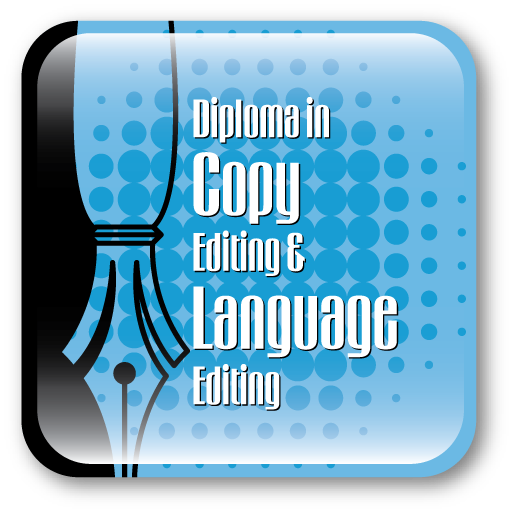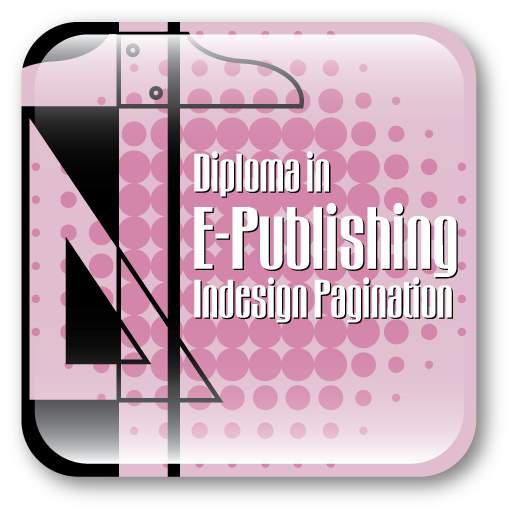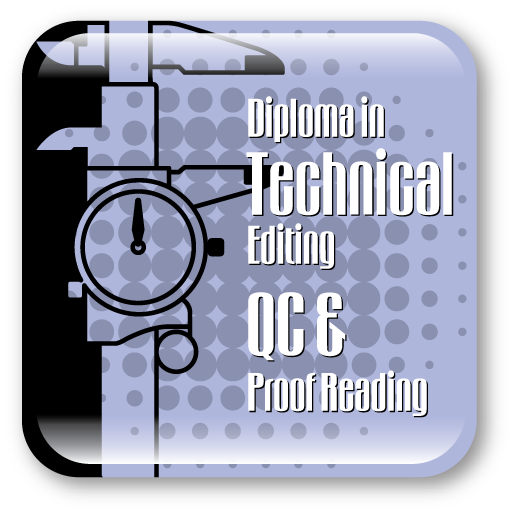Diploma in Copy Editing & Language Editing
Copy Editing is the work done on the author’s manuscript to prepare it for publishing. It is a process by which the author’s original material is made clear and presentable before being published. When specific style guidelines are followed while copyediting, it helps to maintain a uniform output of the work. Copyediting methodologies are of two types: Hardcopy (correcting on the hardcopy typescript) and Onscreen Editing (corrections directly on the electronic version of the manuscript).
Copy Editing is the work that an editor does to improve the formatting, style, and accuracy of text. Copy editing is done before both typesetting (The presentation of textual material and graphics on paper or other medium) and proofreading, the latter of which is the last step in the editorial cycle.
The Role of a Copy Editor
The copyeditor checks for any recurring inconsistencies, style or layout faults, prepares a copyedit sample for publisher approval if needed. In the next stage, the copyeditor works on the manuscript and illustrations in detail, reads through the entire manuscript to check for editorial style, consistency, language and sense and raises queries to the author wherever appropriate. In the final Proof Stage copyeditor ensures that any additional material supplied at a later stage has been incorporated into the proof adhering to style specifications and copyedits the index ensuring it is well-organized and consistent.
Course Details
This course will teach you the methods to use when copy editing as well as improve your knowledge of document style and language usage. You will start with an introduction of publishing concepts and technical editing concepts. Then move on to different types of layouts- book and journal, illustration and tables, take a look at the various typesetting and typography principles. At the end of the course you will learn the basic copy editing which involves correcting spelling, punctuation and grammar. Each topic terminates with a quiz consisting typically of questions with multiple-choice answers to ensure a thorough understanding of the course content and a specific assignment to put the skills into practice.
Course Overview
Check out our sample video tutorials
90 hours
Validity:2 months
Cost:₹13,800.00
This course is interactive and not taught in real-time. So you can login at your convenience and do your classes and exercises. Our interactive interface offers useful features such as fast forward, rewind, pause and you can even redo a lesson before moving ahead. These features help you track your progress and learn just what you want. Included are project files to allow you to learn right along with the instructor using the exact same files that they use. Each individual lesson has been provided with an eBook and a quiz to test your knowledge of each lesson before you take your final test. In addition to this hands-on learning experience, our trainers will evaluate your course work, clarify questions and give relevant feedback to help you grow



